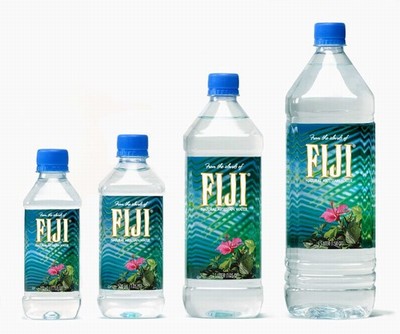An NPR story this week celebrated the incredible "fuel efficiency" of honey bees. They compared the energy efficiency of bee flight to a new VW vehicle called the L1.
The VW will purportedly get 170 miles per gallon.
The bee? 4,704,280 MILES PER GALLON!
What if we could magically convert the new VW to bee-level efficiency? How valuable would that be in gas savings? Let's look at gas consumption measured as gallons per 10,000 miles:
The VW L1= 58.823 gallons per 10,000 miles
The bee = .002 gallons per 10,000 miles
Replacing the VW with a bee would save 58 gallons over 10,000 miles.
Let's put this amount of gas savings in perspective. This same gas savings is achieved by the following trade ins (also over 10,000 miles of driving):
A 12 MPG vehicle for a 13 MPG vehicle
A 20 MPG vehicle for a 23 MPG vehicle
A 30 MPG vehicle for a 36 MPG vehicle
Here's another way to look at it:
The VW is about 7 times more efficient than an average car today that gets about 25 mpg. The bee is 200,000 times more efficient than today's average car! The efficiency of the bee seems to dwarf the efficiency of the VW.
And here's another way to look at it:
The ratio of the VW to the bee is miniscule. 170 MPG is less than .01% of 5 million MPG. It seems like nothing.
But let's put the 170 MPG in perspective. MPG misleads in this regard because it is gas consumption, not mileage, that matters.
If you drive today's average car 10,000 mile, you will use about 400 gallons of gas.
The VW will use 59 gallons of gas over the same distance. This saves roughly 340 gallons compared to today's car.
And the bee will use just 2/thousandths of a gallon and saves close to 400 gallons compared to today's car.
Surprisingly, although the VW MPG is less than .01% of the bee MPG, the VW MPG achieves 85% of the gas savings from Bee-level efficiency.
This is a lesson in why national policy needs to focus on gas consumption, not mileage: The important gas savings come from improving the efficiency of low MPG vehicles (e.g., trade ins of 14 MPG cars for 25 or 30 MPG cars). Replacing a 14 MPG car with a 27 MPG car saves more gas than replacing a 33 MPG car with a bee! Large MPG improvements on efficient cars do little to reduce gas consumption. Measures such as "gallons per 10,000 miles" makes this distinction clear.
Let's beware the obsession with large MPG numbers. Let's focus on improving low MPG vehicles.







 Easterbrook noted that we'd spent two decades-plus diverting most technology improvements to horsepower while holding efficiency constant. To see this pattern, take a look at this graph from a
Easterbrook noted that we'd spent two decades-plus diverting most technology improvements to horsepower while holding efficiency constant. To see this pattern, take a look at this graph from a 


